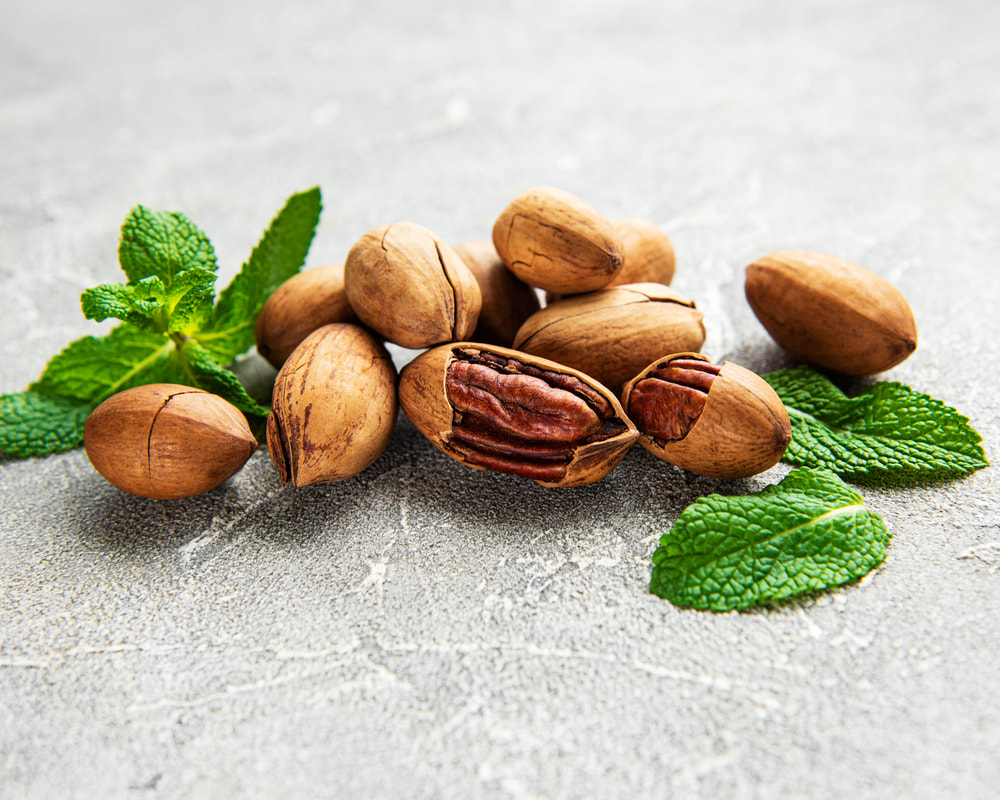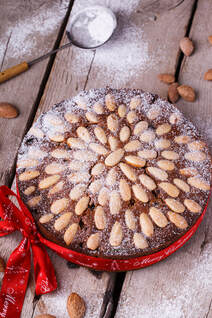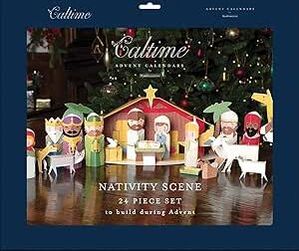|
Every few minutes, today, someone has walked past with their dog, partner and / or children. Everyone is happy and out with a purpose as the shops are closed, so they are either visiting someone or just enjoying being outside. It's at times like this that I miss my mum the most. I would collect her and my father on Christmas Eve, at the crack of dawn, then drive them to our house. My father would be a sour and bitter as ever, but my mum would be like a small child. She would giggle and laugh as my husband joked with her. They would have long conversations on German Flying Aces of WWII (when my father lost his sight he decided my mum would read to him rather than have audio books, so she became quite the authority on different subjects) and she would nurse a glass of sweet wine for most of the day. But, around 10am, when I would put the meat on to cook, and my father was dozing on the sofa, Hubby would take the opportunity to read a book and mum would sneak out to be with me whilst we peel, chopped and prepared the veg. I have one wonderul memory of her at our house in Bicester. The kitchen was not designed to have two people in it so whilst I was in and out of the oven, she sat in the door way of the kitchen, on the stairs, peeling and preparing sprouts with a glass of bucks fizz (mainly orange juice and a little champagne) on the step beside her.
All through the prep she giggled and chatted about everything and anything. Now as I stand in my kitchen, putting little cross cuts in the base of my sprouts, just as she always did, I'm back there, 12 years ago, with her, preparing the vegtables for our dinner, hearing her laugh and missing her so very much.
0 Comments
The rose gold tinge of their shell is so linked to December, in my mind. Even with my birthday being in October, and many of the Christmas gifts being in the shops in September I didn't mind. There was more chance I'd get an exciting birthday present because of it. In those heady days of the 70s, as a child, Halloweven wasn't really an event in South London. So, it would be Christmas presents on sale September / October, then fireworks late October to 5th November and suddenly all the shops had Christmas decorations. If you had an artificial tree (normally silver tinsel!) you could put it up in early December, but for those of us who had a real tree, then it would be week before Christmas.
For those, who, like my father gate keep when Christmas can start (normally after their birthdays), it smacks of those Bridezillas who won’t let others do anything during their wedding year. We each need to choose when our own Christmases start for us.
So, the food order arrived at 9am this morning. A la Margot Ledbetter. In a van. Christmas was delivered. Every two months I ensure that we work our way through the freezer and fridge. With the fridge dying the other week, that wasn't a problem and the freezer was down to a bag of oven chips and my frozen lobster which was put in there a few months ago when I got the opportunity to buy one on offer. So, I defrosted the lobster today for my tea. Normally, it's a treat that we would have if we go to a fish restaurant. But with lockdown and wfh we've not done that sort of traveling these past 3 years so a lobster on offer in Morrisons was a big treat. I gave hubby a plate of nibbly things as is our Christmas tradition (his blue goat's cheese, goats gouda, tomato, olives, home made chutney, crab, figs, goats cheese filled peppers, dill pickles, roll mops ... you get the idea. And for me, some mayo, the lobster and two slices of bread. I have to say, I think my plate, only half his, was more divine. It's December, it's wet and miserable but with every bite it feels like a summer day, outside the Oyster Sheds in Whitstable. Food really has a way to bring memories to life. |
Why the Christmas Lace Notes?2023 has come along and this is the second year of my lace notes. All kicks off on 15th November with the first of this year's Chrismas movies. One a day, every day until Christmas. Archives
December 2023
Categories
All
|






